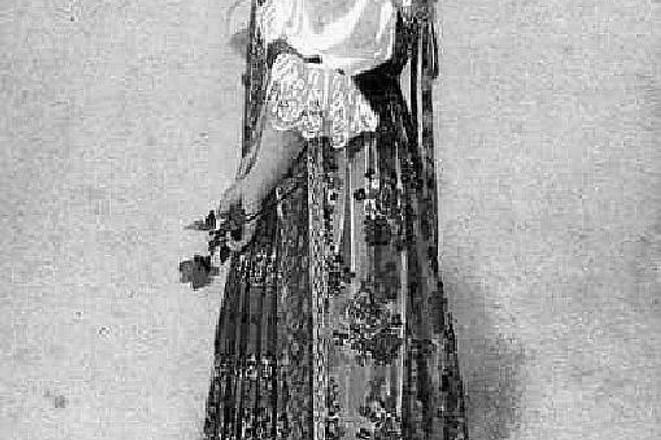FOLK costumes are an interesting and long chapter in Slovak history. The costumes are so numerous and varied that several experts have dedicated their careers to studying and comparing them.
This nice postcard from the period just after ‘The Great War’ shows a young woman wearing a costume typical for the village of Jablonica in the Záhorie region, distinguished from other costumes in the area by the richness of its colours and patterns.
Women in Jablonica never appeared with uncovered heads. The younger ones, like the one in the picture, wore bonnets while elderly women usually wore dark headscarves. On holidays, black high-heeled boots with tough uppers became part of the costume.
Jablonica tailors embroidered the skirts which were then worn over several layers of stiffened and pleated petticoats with rich flowery patterns. Women with such skirts were called frčaté in the local dialect, roughly meaning “fluffed up”.
The “golden age” of Jablonica folk costumes was in the 19th century, when industrially-produced fabrics started to be used in Slovakia. In those times, Jablonica women were able to buy coloured ribbons or fine Belgian laces from a Jewish trader named Pasches.


